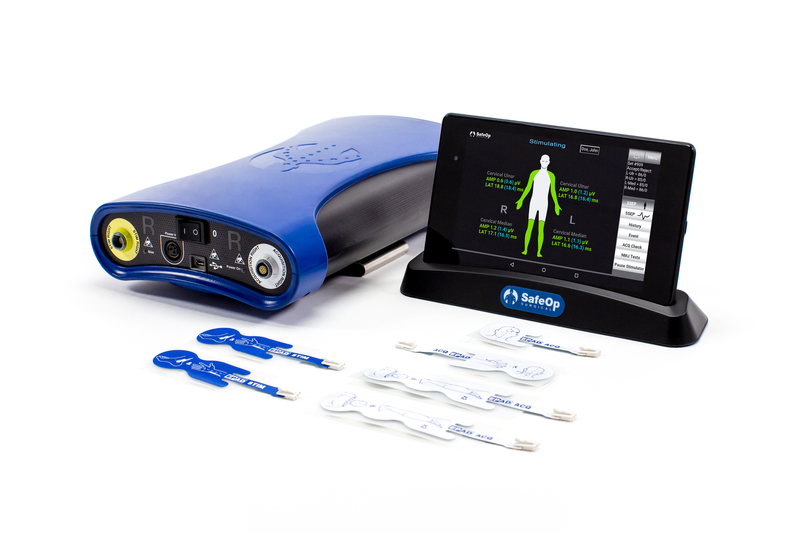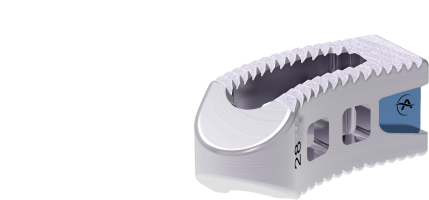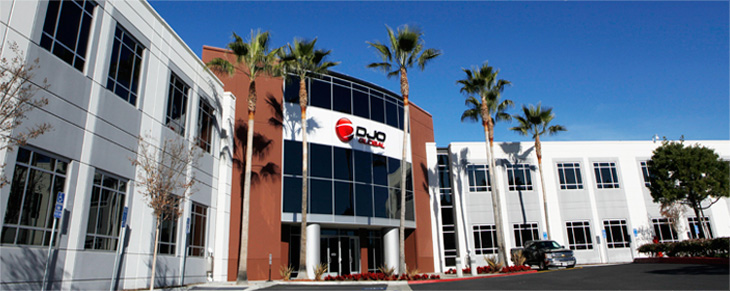SAN DIEGO, March 29, 2017 /PRNewswire/ — NuVasive, Inc. (NASDAQ: NUVA), a leading medical device company focused on transforming spine surgery with minimally disruptive, procedurally-integrated solutions, today announced U.S. Food and Drug Administration (FDA) 510(k) clearance of the CoRoent® Small Interbody™ System indicated for intervertebral body fusion at multiple contiguous levels in the cervical spine. This marks the first U.S. clearance for a cervical cage to be used at up to four contiguous levels.
Cervical radiculopathy and myelopathy secondary to cervical degenerative discs are common diagnoses in adult patients and have been shown to cause significant disability and loss of productivity.1 As a result of this common condition, more than 200,000 cervical surgical procedures are performed in the U.S. per year.2
“This FDA 510(k) clearance is another key milestone for NuVasive as we continue to deliver new innovation to the spine market. The ability to treat multi-level cervical disc degeneration in patients displaying cervical radiculopathy and myelopathy is a meaningful advancement for spine surgeons,” said Jason Hannon, NuVasive’s president and chief operating officer. “This first and only clearance is an example of NuVasive’s commitment to defining the components necessary to properly address an unmet clinical need and expand our presence and competitive positioning in the cervical market.”
The NuVasive CoRoent Small Interbody System is an interbody cage manufactured from PEEK-Optima that provides stabilization of the spinal motion segment while fusion takes place. A hollow core allows for packing of autogenous and/or allogeneic bone graft comprised of cancellous, cortical, and/or corticocancellous bone graft material to help promote a solid fusion. Rows of teeth on the surface of each end of the device serve to grip the adjacent vertebrae to resist migration and expulsion of the device. The device includes marker pins composed of titanium alloy or tantalum.
The implants included in the CoRoent Small Interbody System clearance are CoRoent Small (S), CoRoent Small Lordotic (SL), CoRoent Small Lordotic Plus (SLP), CoRoent Small Hyperlordotic (SHL), and CoRoent Small Contoured (SC).
About NuVasive
NuVasive, Inc. (NASDAQ: NUVA) is a world leader in minimally invasive, procedurally-integrated spine solutions. From complex spinal deformity to degenerative spinal conditions, NuVasive is transforming spine surgery with innovative technologies designed to deliver reproducible and clinically proven surgical outcomes. NuVasive’s highly differentiated, procedurally-integrated solutions include access instruments, implantable hardware and software systems for surgical planning and reconciliation technology that centers on achieving the global alignment of the spine. With $962 million in revenues (2016), NuVasive has an approximate 2,300 person workforce in more than 40 countries around the world. For more information, please visit www.nuvasive.com.
Forward-Looking Statements
NuVasive cautions you that statements included in this news release that are not a description of historical facts are forward-looking statements that involve risks, uncertainties, assumptions and other factors which, if they do not materialize or prove correct, could cause NuVasive’s results to differ materially from historical results or those expressed or implied by such forward-looking statements. The potential risks and uncertainties which contribute to the uncertain nature of these statements include, among others, risks associated with acceptance of the Company’s surgical products and procedures by spine surgeons, development and acceptance of new products or product enhancements, clinical and statistical verification of the benefits achieved via the use of NuVasive’s products (including the iGA™ platform), the Company’s ability to effectually manage inventory as it continues to release new products, its ability to recruit and retain management and key personnel, and the other risks and uncertainties described in NuVasive’s news releases and periodic filings with the Securities and Exchange Commission. NuVasive’s public filings with the Securities and Exchange Commission are available at www.sec.gov. NuVasive assumes no obligation to update any forward-looking statement to reflect events or circumstances arising after the date on which it was made.
1Grasso G: Clinical and radiological features of hybrid surgery in multilevel cervical degenerative disease. Eur Spine J 2015;24(Suppl 7):S842-8.
2American Associated of Neurological Surgeons. Artificial cervical disc surgery. [AANS web site]. May 2016. Available at: http://www.aans.org/Patient%20Information/Conditions%20and%20Treatments/-Artificial%20Cervical%20Disc.aspx. Accessed March 27, 2017.
CONTACT: Investor Contact: Suzanne Hatcher, NuVasive, Inc., 858-458-2240, investorrelations@nuvasive.com, Media Contact: Stefanie Mazer, NuVasive, Inc., 858-320-5243, media@nuvasive.com











